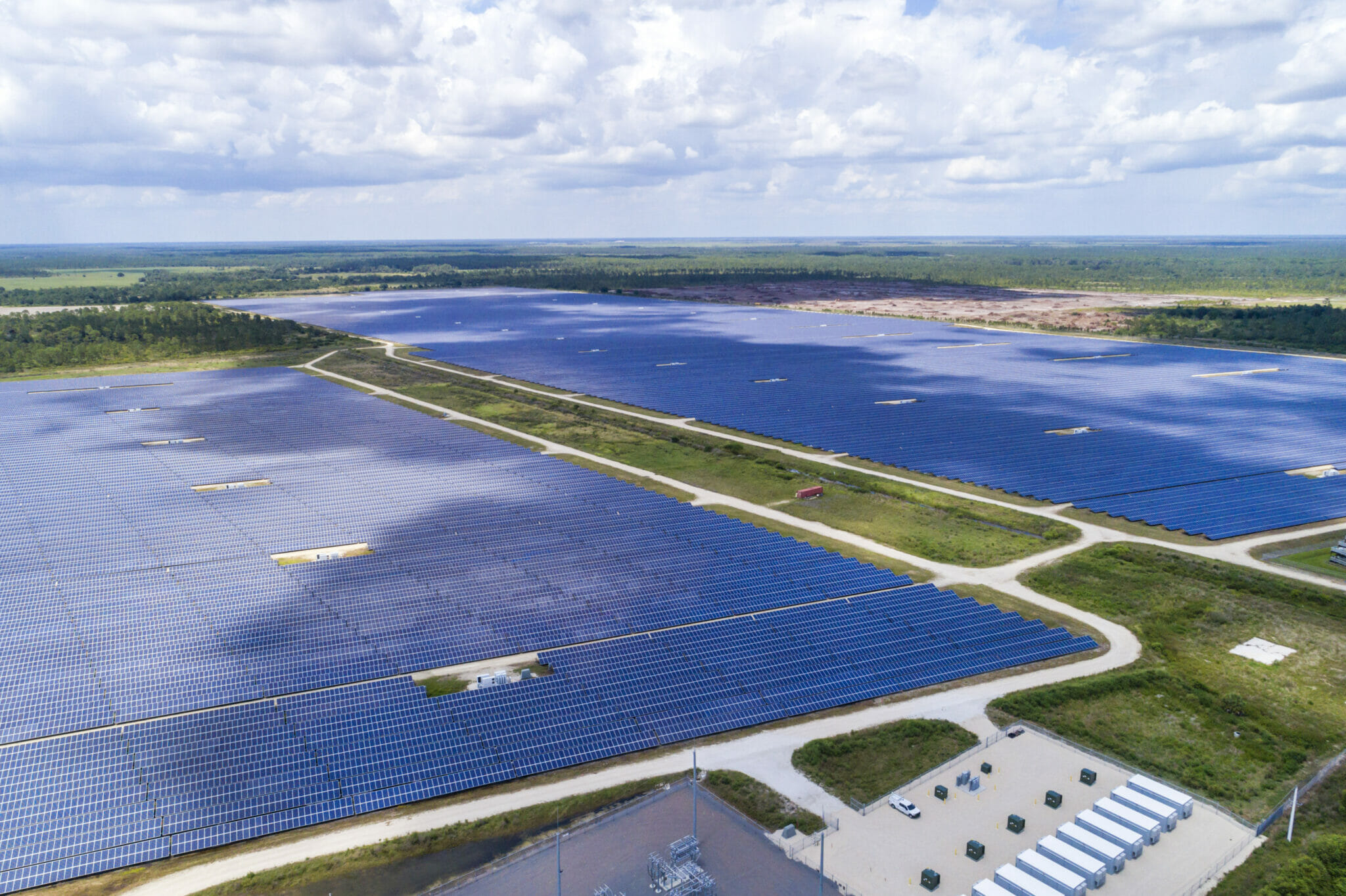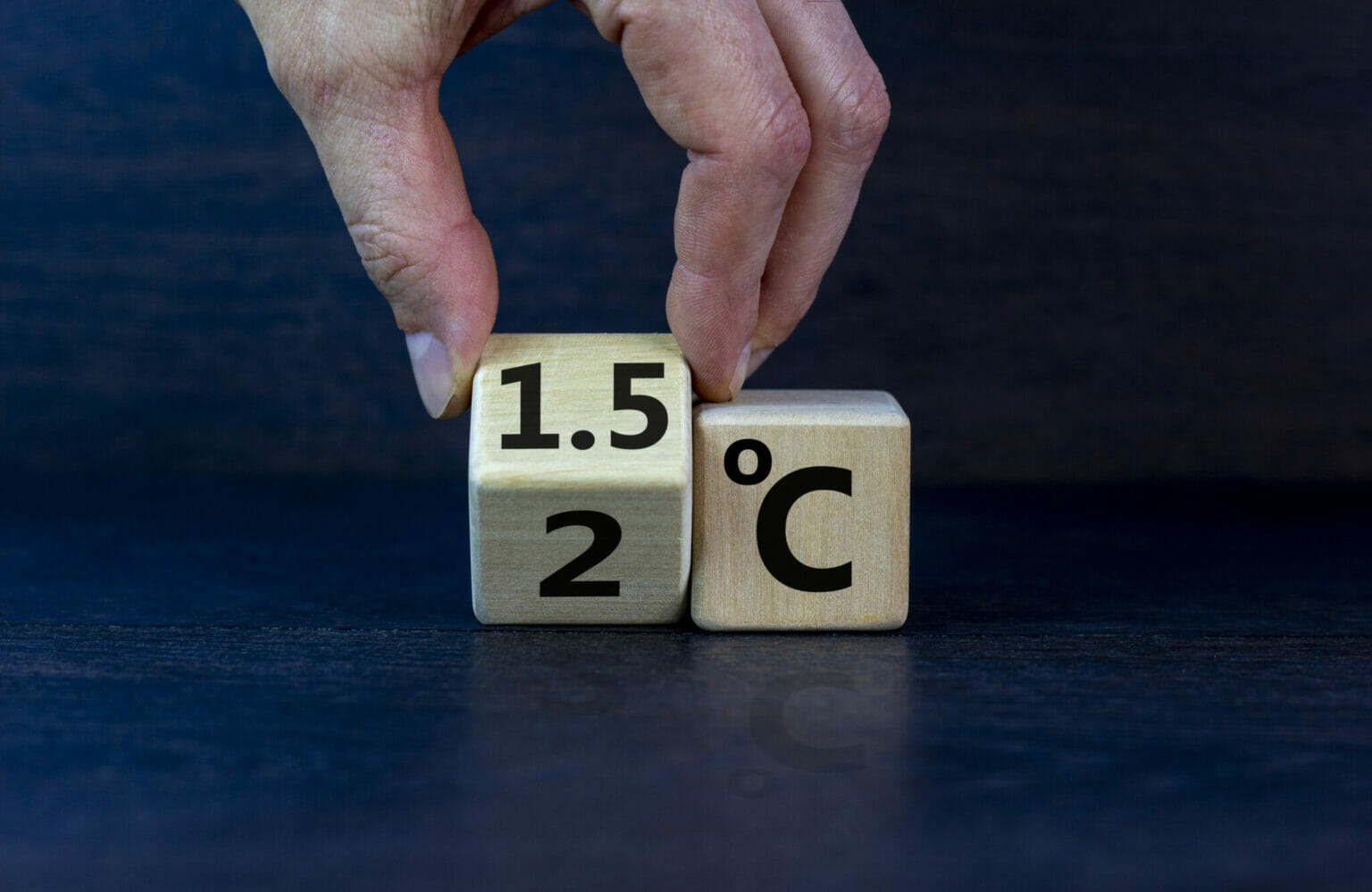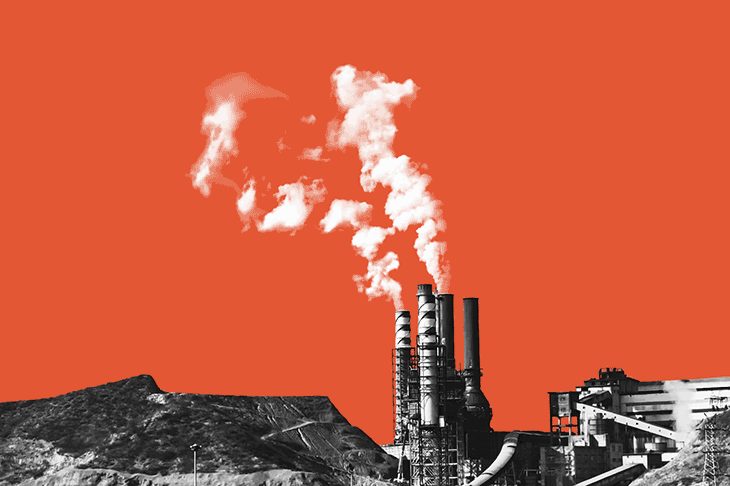Through the eyes of award-winning journalists, CCNow’s climate special ‘Burning Questions’ makes clear that climate change is one of the biggest problems humanity has ever faced. The combustion of oil, gas, and coal is causing global temperatures to rise, which in turn causes more extreme weather. Heat waves have gotten hotter and longer, droughts more severe, storms stronger, and flooding worse. No matter where you live, you’re likely to have been impacted, whether or not you know it. In fact, polling shows that most people around the world are worried about how climate change will affect young people and generations to come, and they want action taken, especially by governments.
The good news is that climate change is a solvable problem, although some consequences of rising temperatures are already locked in. By and large we have the technologies to solve the climate crisis. What we need now is the will to solve it. This requires governments at all levels — from local to international — to create laws and regulations that will rapidly phase out fossil fuels, transition to renewable energy and climate friendly agriculture, and help people everywhere adapt to a warmer world.
Scientists overwhelmingly agree that to avoid the worst consequences of climate change we need to reach “‘net zero”’ by 2050. This is the goal outlined in the 2015 Paris Agreement, a global climate treaty. Net zero means that as much or less carbon pollution is put into the atmosphere as is being removed.
Getting to “net zero”
Before we discuss solutions, we have to understand the problem and goal. To achieve “net zero” we need to reduce emissions. This requires us to move to cleaner electricity, overhaul our transportation and farming systems, reverse deforestation, and more. We also need to remove emissions that are already in the atmosphere — for example, by planting new forests and caring for old ones and through technologies that are designed to suck CO2 out of the air.
Societies also need to implement solutions that help people adapt to a warming world, because more intense impacts are happening and will only worsen if the crisis is left unchecked. We must remember that people of color, Indigenous people, and people who are poor typically bear the brunt of climate disasters, even though they have contributed the least to global heating and are the least likely to have the financial resources to cope. They also have generally been excluded from high-level discussions on climate change and its potential solutions, despite having sounded the alarm for decades.
What can you do?
As individuals we can all do our part in working toward climate solutions. Here are some ideas to get you started:
Vote. One of the most important things we can do is elect government officials who will take serious climate action.
Act. There are a number of actions we can take in our daily lives to help fight climate change, such as joining an organization engaged in climate change, eating less meat, making our homes more energy efficient, and more.
Talk. Sharing our experiences of climate change with friends and family is part of the solution, as Al Roker encourages us to do in ‘Burning Questions.’ “We need to talk with our families, our friends, our coworkers. The more we know about the problem and its solutions, the more constructive our conversations will be.” Only when we all understand what’s at stake and how to fix it can we find a way forward together.
Fight climate disinformation. There are steps we can take to fight the spread of climate disinformation, including by not sharing it on social media.
Solutions stories
If you’re a journalist, you are especially well placed to encourage solutions simply by doing more and better coverage of climate solutions. The more stories that news outlets run about the sobering realities of the climate emergency and its common sense solutions, the more public awareness and pressure there will be on governments and other powerful interests to take action.
For everyone else, you may have noticed that some news outlets are broadening their reporting to make solutions a bigger part of their climate coverage. Our friends at Solutions Journalism Network are tracking examples of climate solutions journalism. Below are some solution-oriented stories, most of them from SJN’s ‘Climate Solutions’ page. Head to their Solutions Story Tracker to search for even more climate stories in your areas of interest.
- The Largest Offshore Wind Farm in the World — CBS News’ 60 Minutes
- One Florida Community Built to Weather Hurricanes Endured Ian with Barely a Scratch — NPR
- Amazon ‘Women Warriors’ Show Gender Equality, Forest Conservation Go Hand In Hand — Mongabay
- Cleveland’s Reforesting Efforts Take Root In Once-Redlined Neighborhood — Planet Detroit
- Is Burying Power Lines Fire-Prevention Magic, or Magical Thinking? — Inside Climate News
- How a Colorado Community Put Mental Health First After a Wildfire — MindSite News
- Flood Control Goes Green: How Houston Is Using Nature to Combat Flooding — Houston Public Media
- Decolonizing Regenerative Cattle Ranching — Yes! Magazine
- After Her Farm Flooded, This B.C. Farmer Went Looking for Solutions — The Narwal
- What Does Sustainable Living Look Like? Maybe Like Uruguay — The New York Times magazine


